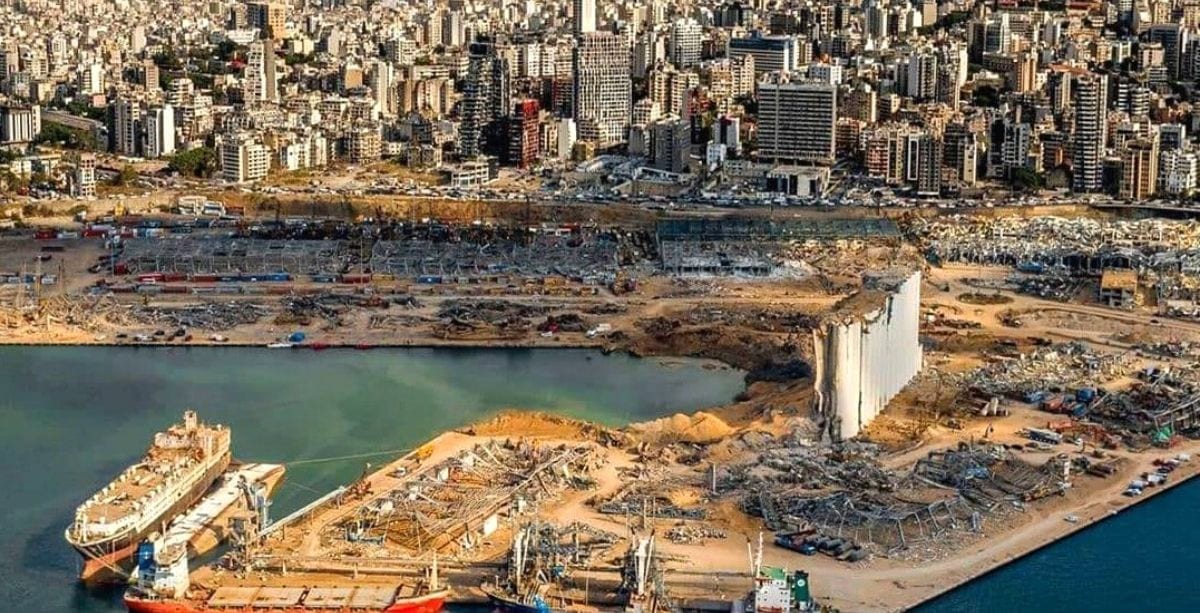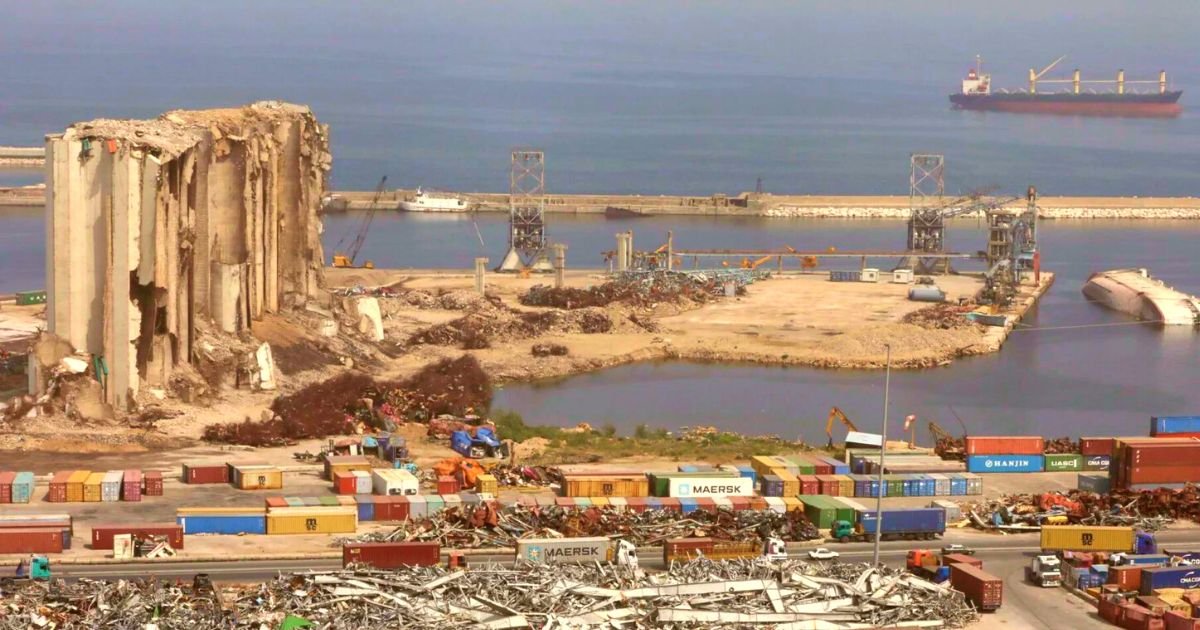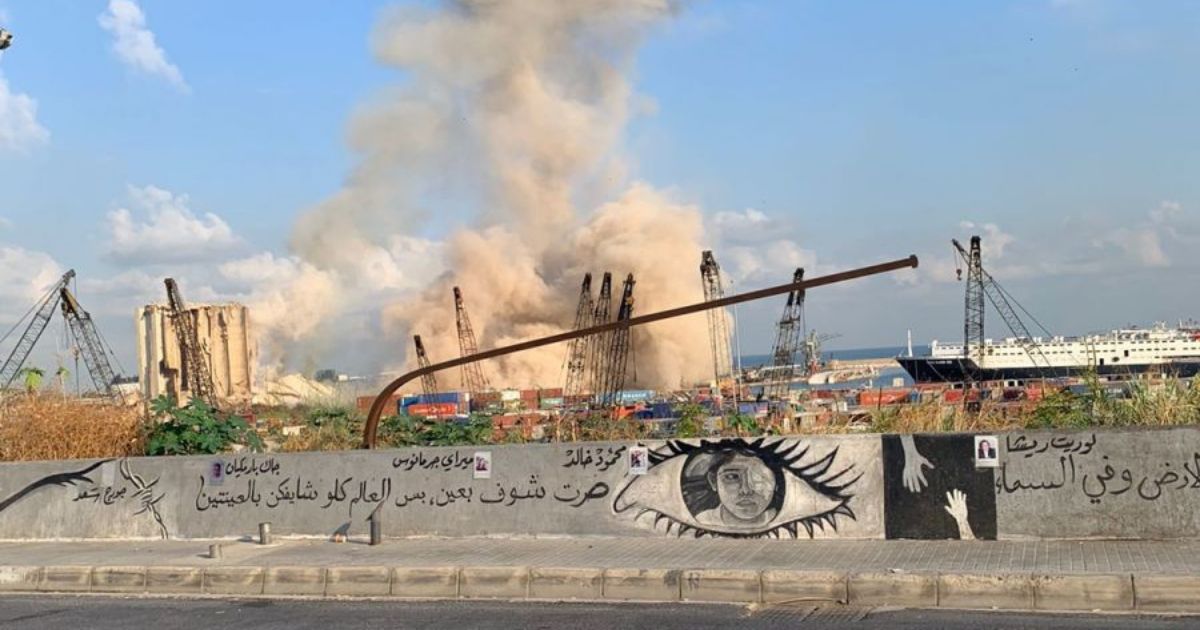What instantly catches the eyes when one looks at the images of the Port of Beirut after the explosion is the giant ancient-looking rectangular structure.
This very structure, Beirut’s wheat silo, is credited with saving numerous lives.
From the east side, where the explosion struck, the silo has completely lost its shape from the blast.
By absorbing much of the impact, the silo has effectively shielded a large part of the capital from significant destruction but sustained severe damage.
As to how this intriguing structure withstood so much shock without giving in, the answer lies in its origin.
In the 1960s a Lebanese-Palestinian banker called Yousef Beidas was advancing a plan to expand the Port of Beirut.
Part of this plan was to construct a silo capable of storing wheat reserves at a time when Lebanon was consuming approximately 26,000 tons of wheat every month.
However, Beidas did not live to see the silo he had envisioned come to life.
In 1968, the Czech construction company Průmstav started constructing the silo. The project was funded by the Lebanese government at a cost of nearly $2.8 million with the help of a $1.2-million loan from Kuwait.
Several Lebanese experts in subcontracting, civil engineering, structural engineering, and other related domains contributed to the building of the silo that has been feeding the Lebanese people for decades.
The 50-meter-high concrete silo‘s capacity was increased when it was subject to restoration work in 1997, after which it came to include 104 silos able to hold 124,000 tonnes of grain.
The resilient concrete used for erecting and the quality of the work put into it are what helped it stand its ground in the face of otherwise unavoidable obliteration caused by the massive explosion.
Today, what remains of it serves as a reminder of what decades of negligence and corruption can lead to.
















